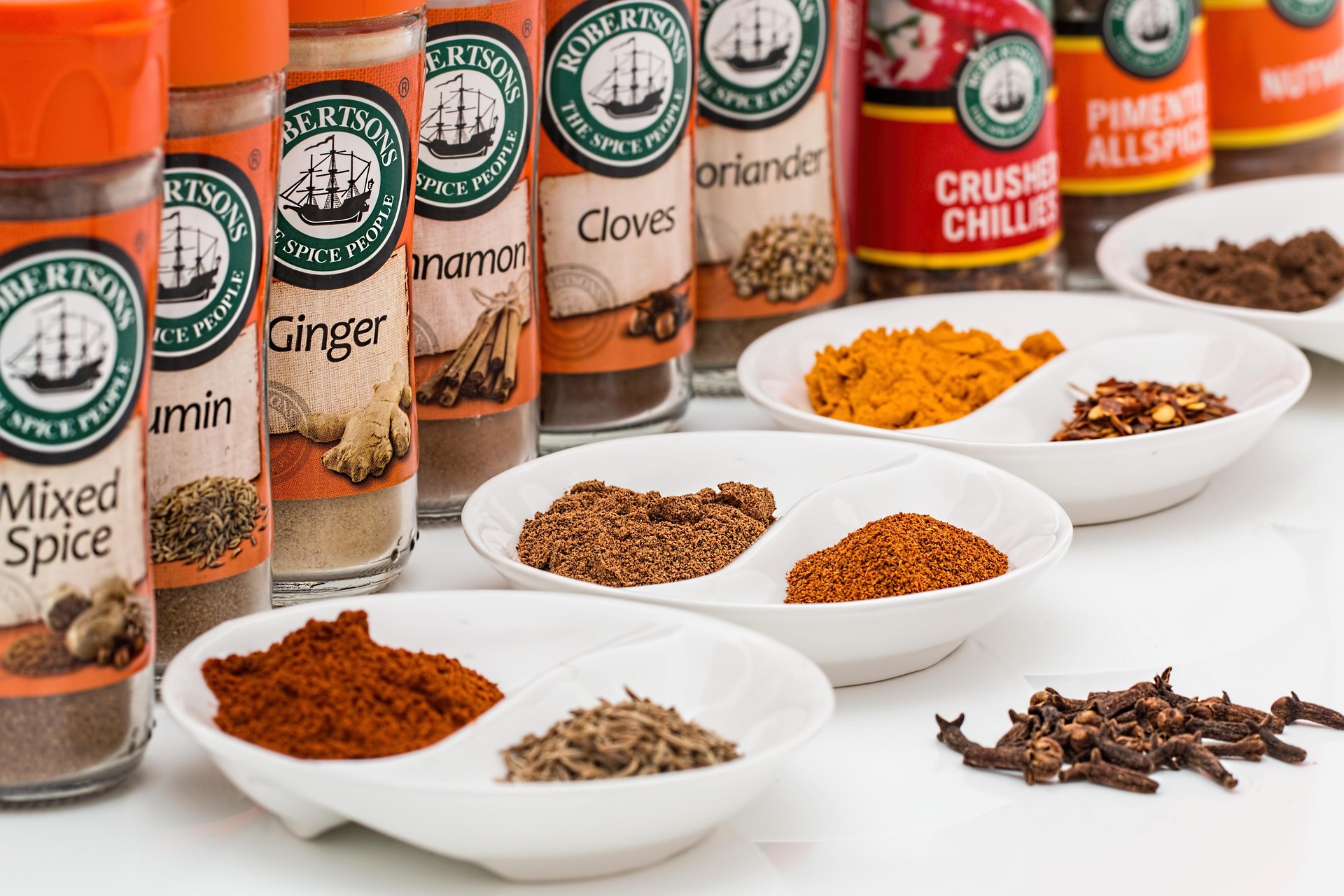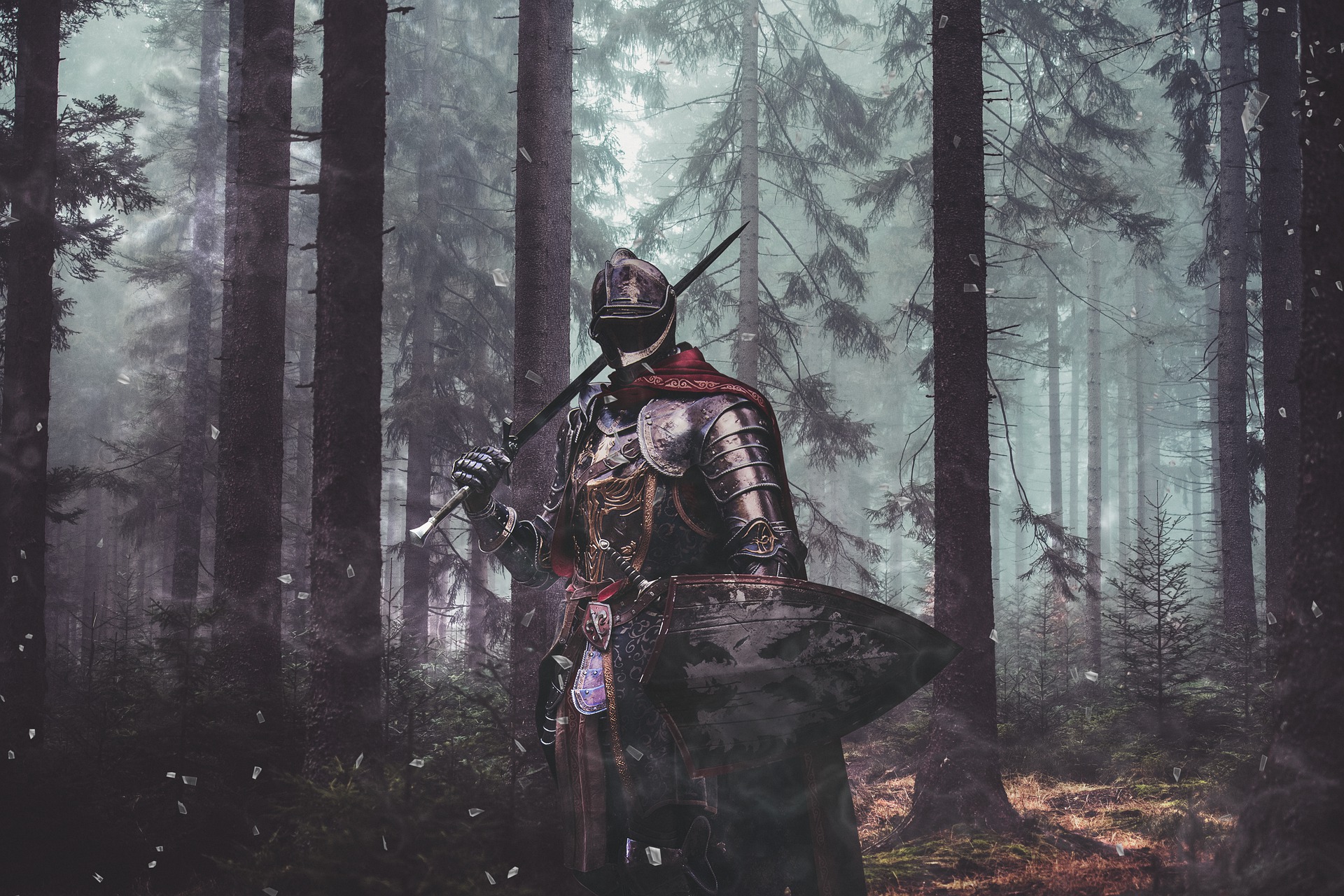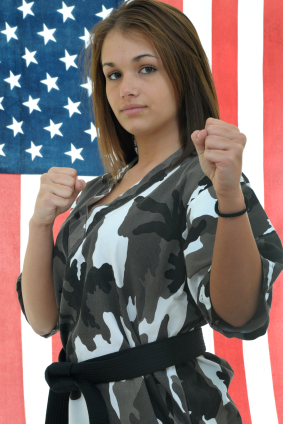As a child, my parents would often take us to a local ice cream shop with an astounding 31 flavors. The challenge was always the same: Which one should I choose? The secret, of course, is that they’re all ice cream—just with different ingredients and flavors. This analogy came to mind years ago during a discussion on the Shaolin Kempo message board, which was formerly hosted by Yahoo! Groups and moderated by Golden Leopard Kempo. A question was posed about the evolution of Kajukenbo into Shaolin Kempo Karate. This article expands on the answer I gave at that time.
Shaolin Kempo Karate is not a singular, fixed art—it is a living expression of martial creativity passed down and personalized through generations. Like the many flavors of ice cream, each version of Shaolin Kempo is unique, but all share a common base: Kajukenbo. Through the contributions of various masters and the philosophy of adaptation, Shaolin Kempo has evolved into a dynamic system that is shaped by both tradition and innovation.
1. No Two Trees—or Fighters—Are the Same: The Kajukenbo Foundation
In its early years, Kajukenbo was still in the process of forming. It was not a rigid system, but an evolving framework for practical self-defense. Students were taught to “learn what works and discard what doesn’t,” encouraging a mindset of exploration. This philosophy led to multiple Kajukenbo offshoots, including Kenpo Karate, Tum Pai, Ch’uan Fa, and Wun Hop Kuen Do, as well as CHA-3 and Karazenpo Go Shinjutsu.
My teacher, Prof. General Blue—a respected master of Kajukenbo and Karazenpo Go Shinjutsu—embodied this mindset. “Always roll your own,” he would say, referencing the continual development of a personal style suited to one’s needs. This is a defining characteristic of Kajukenbo and its descendants: each school is shaped by its head instructor and lineage, resulting in organic, individualized systems.
2. From Leoning to Gascon: The Influence of Innovation
A key figure in the evolution toward Shaolin Kempo Karate was Prof. John Leoning, who taught Grandmaster Sonny Gascon. Charles Fisher notes, “Sifu Leoning used to change the sets all the time… if you were gone any length of time, you had to relearn the sets all over again.” This constant modification laid the groundwork for what would become a hallmark of Shaolin Kempo: adaptability.
Gascon’s Karazenpo Go Shinjutsu was a stepping stone to later developments, influencing East Coast figures such as Grandmaster Fred Villari, Grandmaster George Pesare, and Professor Nick Cerio. Each of these masters added their insights to the art—studying with different teachers, exploring other martial systems, and refining the material to reflect their personal experiences.
3. The Journey East: Shaolin Kempo on the Mainland
As the art moved eastward, it evolved further. Grandmaster Villari studied in Indonesia and China, earning multiple black belts in Chinese Boxing and integrating those principles into his interpretation of Kempo. His vast network of schools helped solidify Shaolin Kempo Karate as a household name across North America.
Similarly, Professor Cerio—who trained briefly with Professor Chow—adopted the flexible, evolving mindset of his predecessors, continuing the tradition of blending practicality with tradition.
These masters gravitated toward the term “Shaolin Kempo” (or “Kenpo” in some circles) as a nod to the Chinese influence and to honor the lineage from Professor Chow. This term has been a source of confusion due to spelling differences, but both reflect a system born from hybrid roots.
4. The Core Curriculum: What Unites the Styles
Despite the many branches of Shaolin Kempo, specific core components remain consistent:
- Kata (typically 5 or 6)
- Punch counters (commonly called combinations)
- Escapes from grabs
- Club and knife defense
- Mat work and throws
- Higher, more mobile stances
These structural elements echo the Kajukenbo framework, though the specific techniques may differ by school. The content may evolve, but the architecture remains grounded in practical combat training.
5. The Real Shaolin Kempo? A Personal Expression
So, which is the real Shaolin Kempo Karate? In truth, there is no singular version. Each master has infused the system with their personality, preferences, and philosophy. No one claims sole ownership of the art. Some have preserved older forms, others have modernized and adapted—but all are valid.
Shaolin Kempo is not about strict uniformity. It’s about core principles: effective combat, biomechanics, adaptability, and mental fortitude. Like Kajukenbo, it is a martial art that lives through its practitioners. Every student becomes part of the lineage, carrying forward a personal version of the art.
The steady and thoughtful practice of your martial arts material is essential to mastery. Shaolin Kempo Karate is a canvas, and each student is an artist. By honoring the roots and refining your own expression, you don’t just study the art—you become it.
If you’re interested in learning the principles and practice of Shaolin Kempo Karate, we welcome you to join our training community. Embrace tradition, express your individuality, and begin your journey today.



